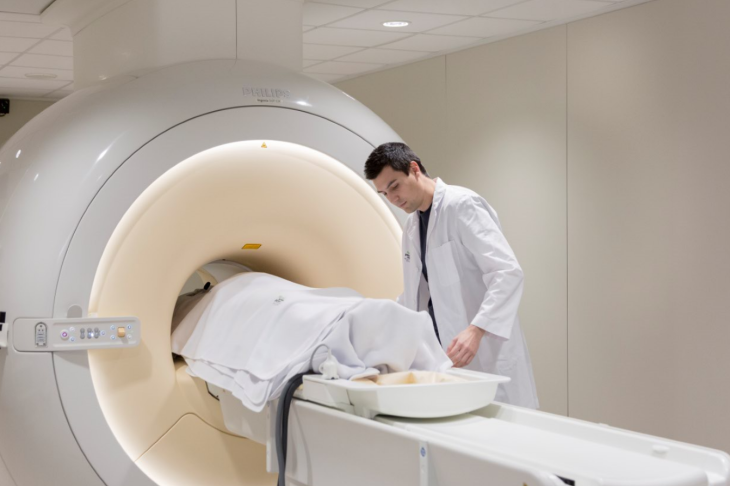09 Mar | 2022
BBRC researchers find that carriers of the APOE-ε4 gene accumulate amyloid early in the hippocampus

Research led by the Barcelonaβeta Brain Research (BBRC) Neuroimaging Research Group, center promoted by the ”la Caixa” Foundation, has looked at how various risk factors for Alzheimer’s alter the balance of amyloid protein in the brain and cerebrospinal fluid. The results of the study provide new insights into the accumulation of amyloid protein in the early stages of Alzheimer's.
“Until now, research has focused on determining which of the two biomarkers of Alzheimer's was more accurate in determining the prognosis of the disease, whether amyloid accumulated in the brain or in cerebrospinal fluid. Our study examines in a new way the balance between these two biomarkers, and their link with various risk factors for Alzheimer’s”, explains Dr. Raffaele Cacciaglia, researcher in the Neuroimaging Research Group of the BBRC and first author of the publication.
The role of the apoe-ε4
The study, published in the prestigious journal Molecular Psychiatry,, was based on an evaluation of fibrillar accumulations of cerebral amyloid protein by PET imaging and soluble amyloid protein levels present in cerebrospinal fluid with respect to three factors of risk of Alzheimer's disease: old age, female sex and the apoe-ε4 allele. The results suggest that risk factors have a direct effect on the behavior of amyloid protein, influencing the location of its accumulation.
The study's innovative design has allowed researchers to detect that carriers of the apoe-ε4 gene, linked to an increased risk of developing Alzheimer's, have an accumulation of early amyloid protein in the hippocampal area. Amyloid deposition has traditionally been described in this area of the brain in advanced stages of Alzheimer's disease. The hippocampus, on the other hand, is the area of the brain where tau protein, related to Alzheimer's cognitive impairment, first begins to accumulate. Abnormal early amyloid deposition in the hippocampus could facilitate the appearance of tau protein and, together with it, could explain the faster progression of the disease in people with apoe-ε4.
The research analyzed data from 320 participants without cognitive impairments in the Alfa + Study from the ALR cohort of the BBRC and 682 participants without cognitive impairments or with mild cognitive impairments from the cohort of the Alzheimer's Disease Neuroimaging Initiative (ADNI).
The findings open the door to study the relationship between risk factors and amyloid balance in the brain and cerebrospinal fluid in longitudinal studies that allow the phenomenon to be observed over time. The BBRC is currently developing this line of research.










